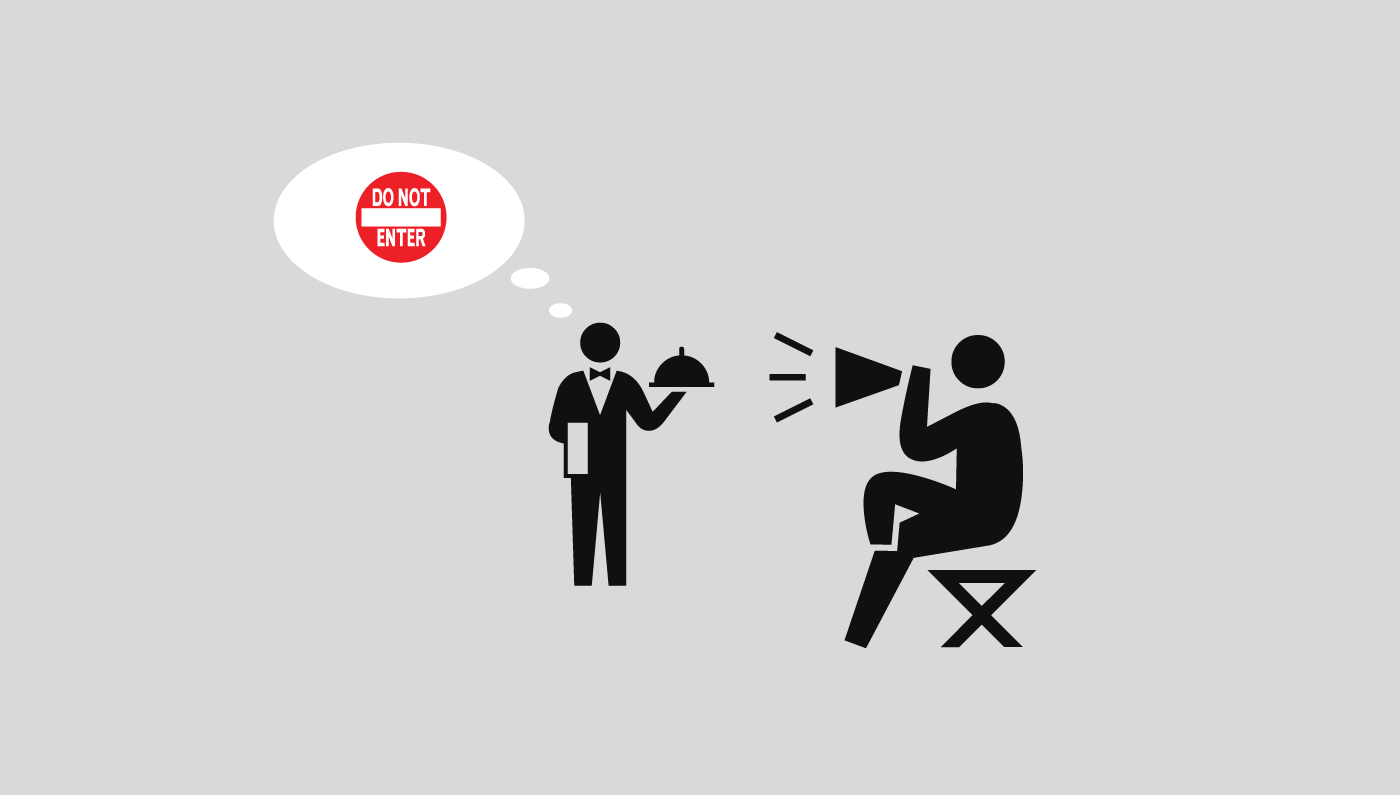Business people in technology hear the term constantly… but what is disruptive innovation really?
It’s easy to glorify the term innovation, and the term “disrupt” has clearly become a buzzword. But at the heart of the matter is some really great scientific theory that can help new companies and existing companies alike to capture market share quickly. Attempts at properly explaining innovation are often wordy and confusing, and aren’t practical for the average reader.
I’d like to offer a simpler definition after years of studying the works of Clayton Christensen, who coined the term ‘disruptive innovation,’ and who Steve Jobs cited as his primary inspiration to innovate when he returned to Apple in 1997 to launch the string of products including the iPod, iPhone and iPad, and studying half a dozen other innovation theories.
A simple definition of disruptive innovation: building a thriving business around the customers nobody else wants.
Now, before you go shouting “but the iPhone, AirBnB and Uber are all great innovations, and people would kill for their customers!” I am going to argue those innovations have passed into the mainstream. Casual observers almost always miss innovation when it’s actually happening, only realizing it was an innovation after it’s gone mainstream.
Here are some examples of companies that went after customers no one else wanted:
JetBlue and SouthWest innovated when pursuing the low-end customers that major airlines neglected for years. In a great feat of disrupting two industries at once, they also took customers away from bus companies.
Uber, though not currently in great standing, innovated when it targeted customers who couldn’t afford their own chauffeur or an expensive car service. It’s now innovating as it takes business away from taxis.
Apple innovated when it built a poorly-performing computer you could fit in your pocket– the iPhone. No other computer company wanted to target customers trying to edit a spreadsheet on a 3-inch screen, or so they thought.
Ebay really took this to heart and went after the least desirable customers of all: people selling junk in their driveways.
Cricket Wireless is aggressively attacking the low end of the wireless market. This startup brand was acquired by AT&T for $1.2 billion so the giant wouldn’t get disrupted down the line as Cricket continued to scoop up all the little guys.
Amazon started off targeting people who were too lazy to shop for books. Now they focus on people who are too lazy to shop for everything. The rise of events like Cyber Monday in competition with black Friday shows retailers like Wal-Mart that Amazon really beat them to the table. Retailers like Radio Shack, K-Mart, The Wiz, Circuit City, Service Merchandise, and countless others spent time trying to please their best customers when maybe they should have been thinking about their worst ones.
The above list could continue endlessly. After reading the names above, maybe next time someone tells you that you’re pursuing a worthless customer, take it as a compliment and a challenge, not an insult.
The reasons and the strategies adopted by each company are entirely different, and that’s where the complexities of innovation begin to surface. There’s much hard work to be done to eliminate the barriers keeping seemingly undesirable customers from using a product not addressed in this post, but that’s all part of the fun.

